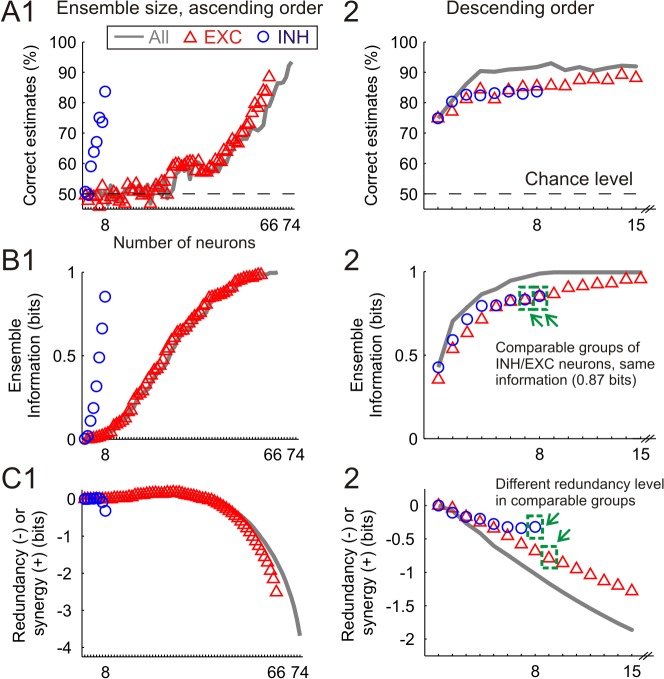Fig 5. Influence of network size on decoding performance and ensemble-based stimulus location information for a representative experiment.
(A1) Effect of network size on decoding performance when neurons were chosen in ascending order, i.e. firstly selecting those neurons carrying a lower amount of information (up to n = 74 neurons recorded in this experiment). Three different traces are presented for networks containing only excitatory (red triangles), only inhibitory (blue circles), or both classes of neurons (grey line). Dashed horizontal line represents the chance level (50% since two whiskers were stimulated in this illustrative experiment). (A2) Effect of network size on performance when neurons were selected in descending order, i.e. firstly those neurons carrying a higher amount of information. Due to the asymptotic form of the resulting curves, only the values for network sizes of up to 15 neurons are presented in this case. Otherwise same as in A1. (B1) Ensemble-based mutual information when neurons are selected in ascending order. The maximum value for the resulting information is 1 bit, i.e. the quantity necessary to distinguish unequivocally between two whiskers. (B2) Mutual information when neurons are selected in descending order. Only the values for network sizes of up to 15 neurons are plotted in this case. Green dashed squares represent the highest sized group of INH neurons, and the lowest sized group of EXC neurons carrying at least the same amount of total information than the ensemble of INH cells (0.87 bits, see panel C2). (C1) Information redundancy (equivalent to negative values of synergy) in networks selected in ascending order. (C2) Information redundancy when neurons are selected in descending order. Note the shorter scale of the y-axis as compared to C1. The redundancy values found in the two equally informative groups (n = 8 INH vs. n = 9 EXC neurons) were directly compared in Fig 6A, along with analogous data from the remaining experiments.

